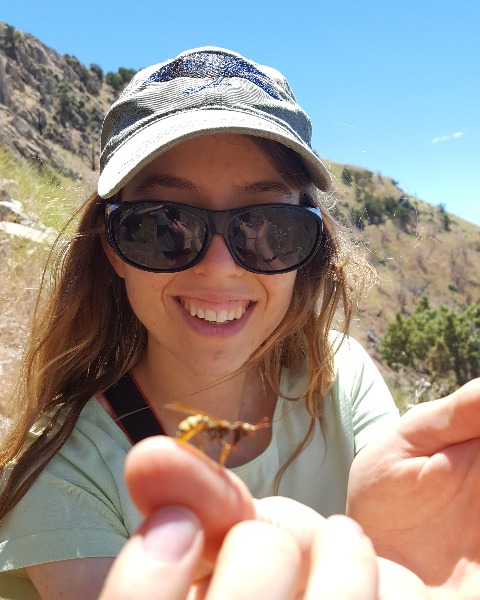Member Symposium
Adapting Stored Product Entomology for New Research Challenges: Advancements in Functional Genomics, Chemical Ecology, and Beyond On-Demand Presentations
Genomic basis of adaptation to a marginal host (lentil) by hybrid and non-hybrid populations of the cowpea seed beetle, Callosobruchus maculatus
On-Demand

Amy Springer
PhD Candidate
Utah State University
Logan, Utah- ZG
Zachariah Gompert
Associate Professor
Utah State University
Logan, Utah - FM
Frank Messina
Utah State University
Logan, Utah
Presenting Author(s)
Co-Author(s)
Admixture has the potential to facilitate the colonization of novel crops in pest species. The genetic variation unlocked by admixture could make adaptation more likely, more rapid, or both (Pierce et. al. 2017). The cowpea seed beetle, Callosobruchus maculatus, is a pest species infesting stored grains that has spread to all continents except Antarctica and expanded to feed on multiple novel legume crops. Messina et al. 2020 showed that admixed seed beetles had higher population growth rates during adaptation to lentil than non-admixed lineages. But what processes might be driving patterns of adaptation to a novel host in admixed lineages, and how consistent are these trends? In our experiment, we investigated the degree of parallelism during adaptation to lentil in both admixed and non-admixed lines of cowpea seed beetles.

